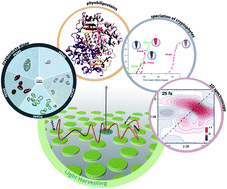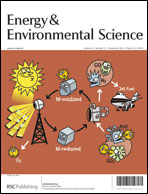Solar light harvesting by energy transfer: from ecology to coherence
Abstract
Over billions of years, evolutionary pressure has facilitated the development of sophisticated and diverse light-harvesting systems in photosynthetic organisms, enabling them to adapt to a variety of habitats and light conditions. Today, driven by the need for cheap and efficient solar power, we turn to photosynthetic organisms and their light-active supramolecular assemblies for bio-inspiration. By studying natural systems, we can learn more about the basic principles behind the fine-tuned functionalities of light capture and energy transfer on the molecular level. In this review, we use ideas from evolutionary ecology and quantum mechanics to elucidate the parameters that underpin the efficient and robust light-harvesting machinery of natural light-harvesting systems. The family of antenna proteins of cryptophyte algae serves as an example to illustrate the evolutionary diversification process on a structural and consequently a photophysical level. Two-dimensional electronic spectroscopy experiments reveal the existence of coherence among vibronic levels in the initial response of light-harvesting proteins to femtosecond optical excitation. We discuss what implications quantum transport processes might have for light harvesting.


 Please wait while we load your content...
Please wait while we load your content...